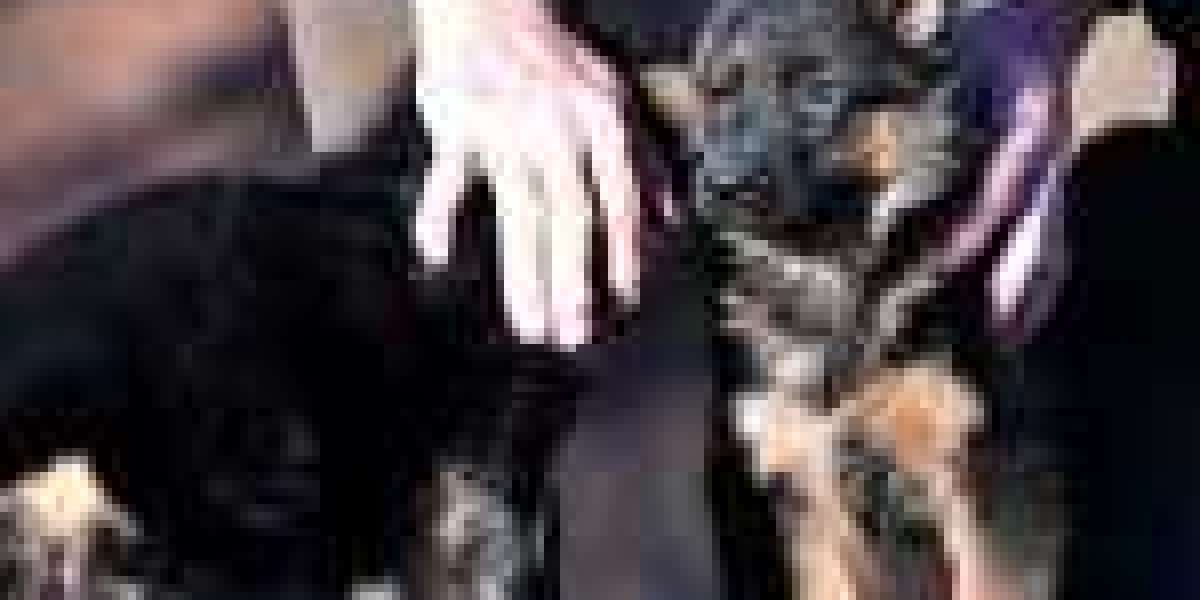In the evolving world of web design, attention to detail makes all the difference between a forgettable website and one that captures user attention instantly. One such often-overlooked detail is the border. Traditionally, borders are simple lines added for structure, but with modern CSS capabilities—particularly CSS border image—designers can create visually engaging and branded website elements without sacrificing performance.
This post will walk you through what CSS border images are, how to use them effectively, and how they tie into front end development services and Houston custom web design trends.
What is CSS Border Image?
The CSS border-image property allows developers to use an image as the border of an element instead of a solid line or gradient. It provides a creative way to add decorative edges to boxes, containers, buttons, or entire content areas. By slicing the image into nine parts (like a tic-tac-toe grid), designers can control how the corners, edges, and center are displayed.
Here’s the basic syntax:
This setup uses the image border.png to form the borders of the .element. The slice, repeat, and width properties define how the image behaves when applied to each side.
Why Use CSS Border Image?
The main advantages of using CSS border images include:
Customization: Fully control the visual style of borders.
Branding: Align borders with your visual identity.
Lightweight Styling: Eliminate the need for extra HTML elements or nested divs.
Responsive Design: Works well with scalable layouts when properly implemented.
For businesses seeking standout online visuals—especially those investing in front end development services—this method provides unique, memorable effects without adding performance-hurting complexity.
Real-World Use Cases
Creative Call-to-Action Buttons
Make CTAs more engaging with custom border patterns. For instance, an artisan bakery might use a hand-drawn bread image as a border to reinforce branding.Content Boxes or Quotes
Highlight testimonials or feature boxes with patterned frames for a polished and thematic look.Custom Layout Sections
Differentiate key site sections with visual borders that guide the user's eye and improve UX.
This technique is especially useful in high-end, creative-driven markets like Houston custom web design, where local businesses often seek standout visuals to reflect their brand personality.
Step-by-Step Guide to Implementing CSS Border Image
1. Prepare Your Border Image
Start with a square or rectangular image designed specifically for borders. This image should have clear corners and sides. Make sure it’s transparent where necessary (use PNG or SVG formats).
2. Slice the Image
Use the border-image-slice property to define where the image is sliced. This is typically done using pixels or percentages.
You can also specify each side individually:
3. Control Repeat Behavior
The border-image-repeat property controls how the sides of the image are rendered:
stretch– stretches the image to fill the border.repeat– repeats the image until it fills the border.round– repeats and adjusts to fit perfectly.
4. Adjust Border Width and Outset
Make sure the border width matches your design goals:
5. Apply It to the Element
Wrap all the styles together:
Compatibility Best Practices
Browser Support
Most modern browsers—including Chrome, Firefox, Safari, and Edge—support CSS border images. However, it’s always good to test on different screen sizes and browsers to ensure consistency.
Accessibility Tips
While borders are visual, always make sure your content is accessible:
Avoid relying on border images to convey essential information.
Ensure contrast and readability are maintained.
Performance Considerations
Keep border image files small and optimized for web. SVGs work well because they scale without losing quality and typically have small file sizes.
CSS Border Image in Front End Development Services
Front end development services are not just about writing HTML and CSS—they're about creating compelling user experiences. CSS border images give developers a creative tool to deliver visual impact while maintaining clean and semantic markup.
Agencies or freelancers offering front end development can leverage CSS border image techniques to:
Offer unique design systems that set clients apart.
Create interactive prototypes with high-fidelity visuals.
Reduce reliance on graphic designers for minor UI updates.
In short, this property aligns with the goals of any competent front-end development strategy: performant, visually striking, and maintainable design.
CSS Border Image in Houston Custom Web Design
In a competitive market like Houston, businesses must stand out. Houston custom web design services are seeing increased demand for bespoke visual solutions that represent local brands authentically.
Using CSS border image in Houston-based web design projects can:
Help small businesses look professional and polished.
Offer design customization without custom JavaScript or bloated libraries.
Align digital branding with local culture, such as southwestern patterns, skyline silhouettes, or other motifs unique to Houston.
Moreover, incorporating creative CSS techniques into a project builds client trust and demonstrates technical and artistic proficiency—key aspects of a successful Houston web design firm.
Conclusion
CSS border images may not be new, but they remain one of the most underutilized features in modern web design. When used well, they bring artistic flair, brand coherence, and functional simplicity to your projects.
Whether you're a freelance designer, an agency offering front end development services, or a firm focused on Houston custom web design, mastering CSS border image gives you an extra edge. With just a few lines of code, you can elevate your design and create stunning, memorable user interfaces.







